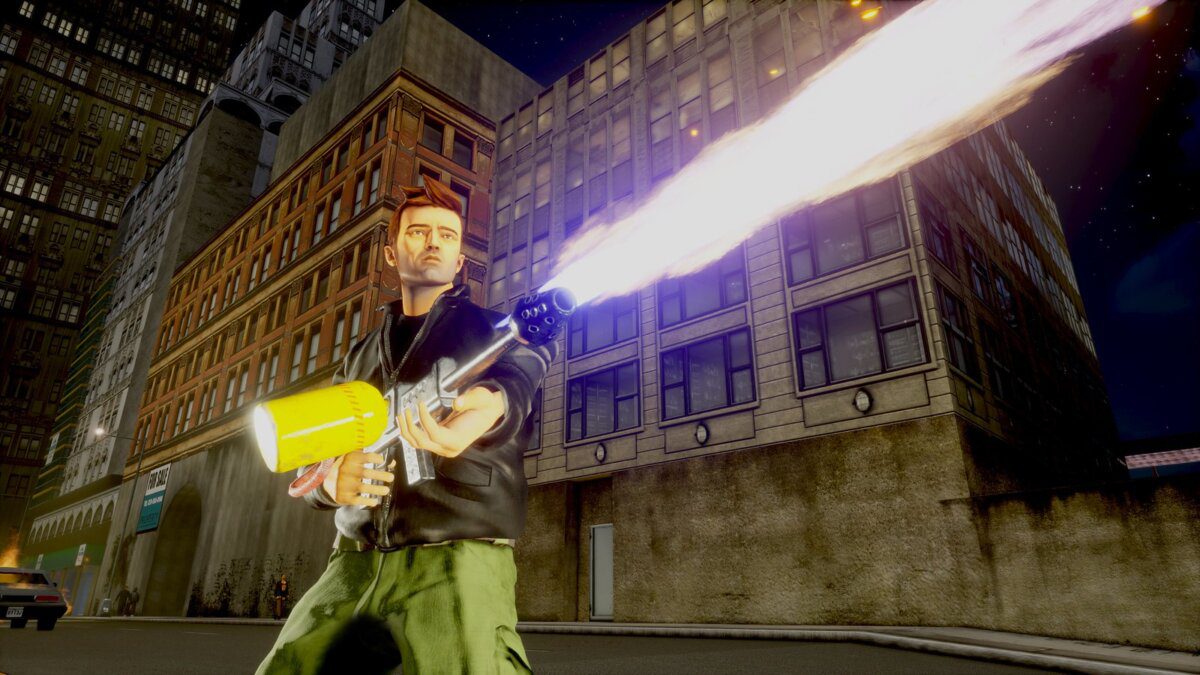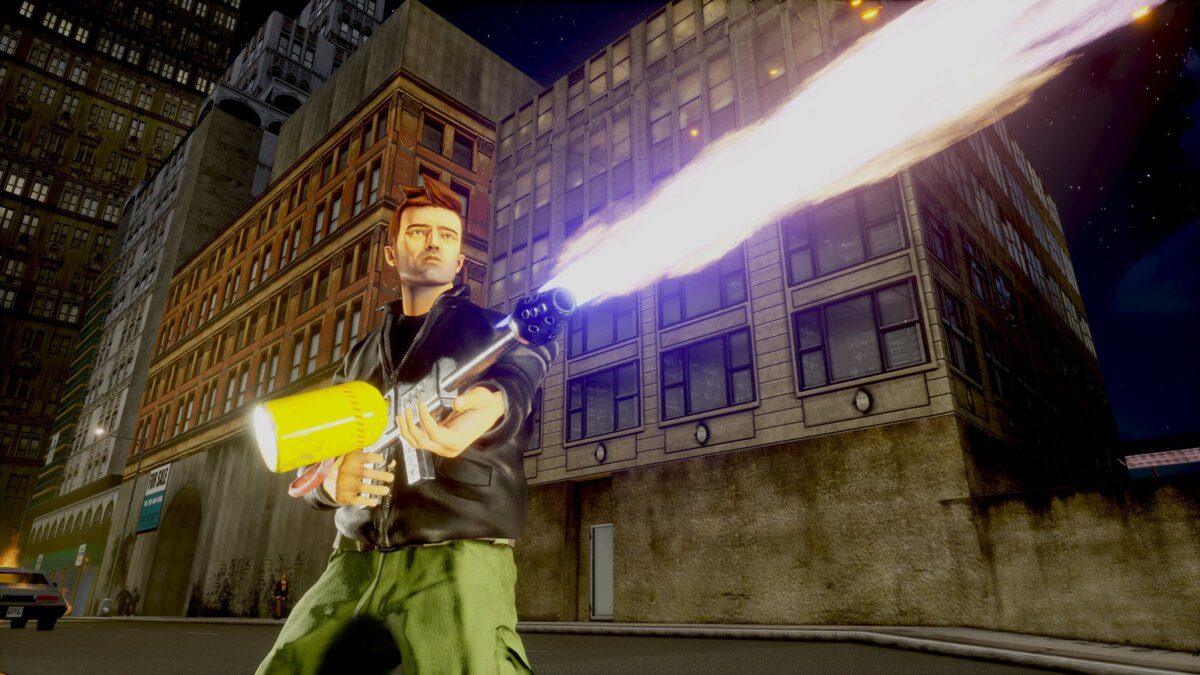Schlagwort: anniversary
-

PlayStation 5 Turns One Today
Reading Time: 2 minutesHappy birthday, PS5! A year seems to have flown by rather quickly since the first day that gamers were able to get their hands on PS5 — and I am deeply honored and humbled to celebrate this amazing first year with all of you. So much has happened in just one year…
-

GTA III turns 20: Memories from PlayStation Studios and other top developers
Reading Time: 7 minutesWhere were you when Grand Theft Auto III launched in October 2001? I was standing in a GameStop, perusing the new PS2 releases, when it caught my eye. Following a hearty recommendation from the store manager, I bought the game and took it home. The rest is history. Twenty years later, it’s…
-

GTA III wird 20: Erinnerungen der PlayStation Studios und anderer großer Entwickler
Reading Time: 7 minutesWo wart ihr, als Grand Theft Auto III im Oktober 2001 erschien? Ich stand in einem GameStop und schaute mir die PS2-Neuerscheinungen an, als es mir ins Auge sprang. Auf nachdrückliche Empfehlung des Store-Managers kaufte ich das Spiel und nahm es mit nach Hause. Der Rest ist Geschichte. Zwanzig Jahre später ist…




